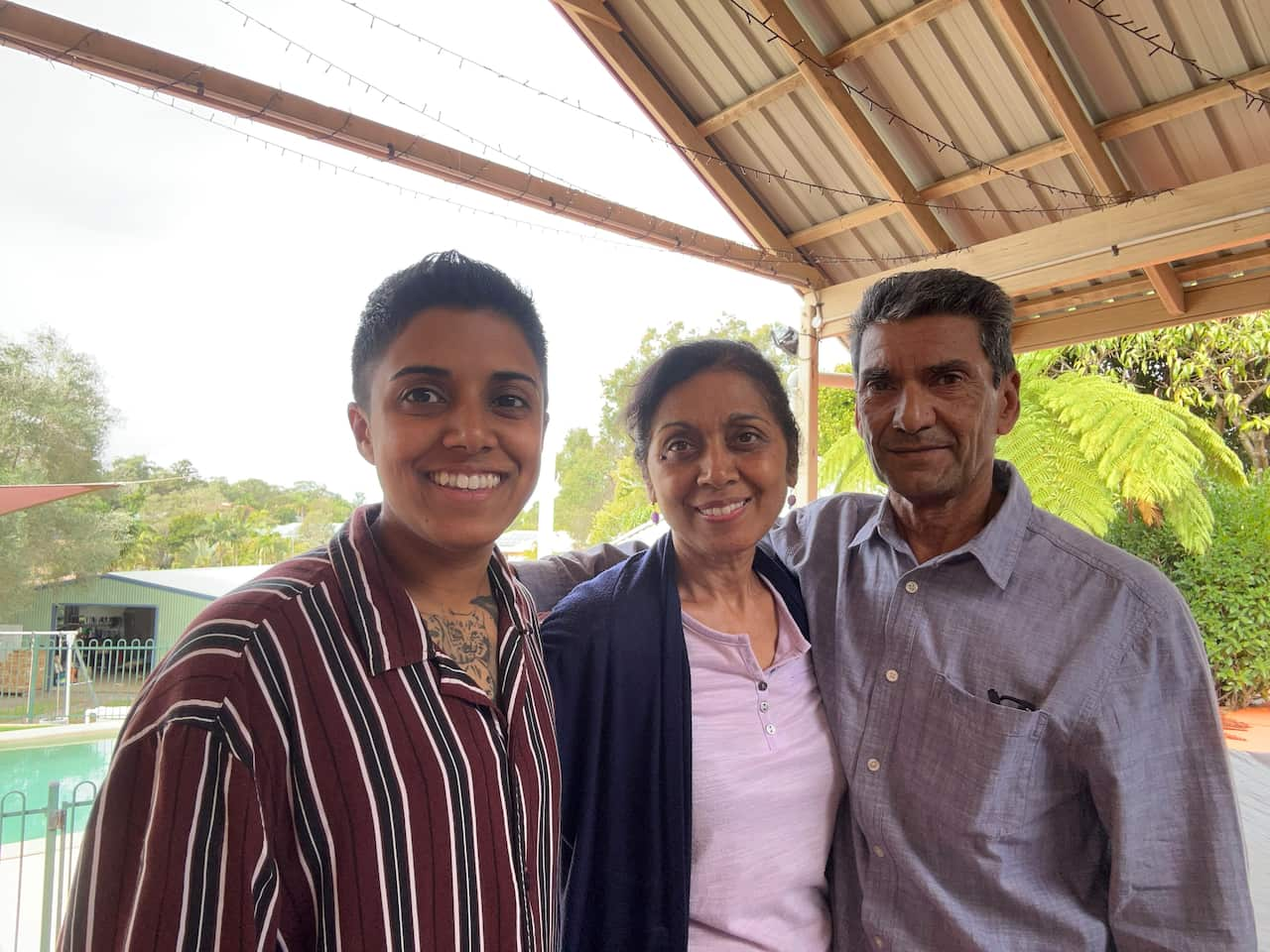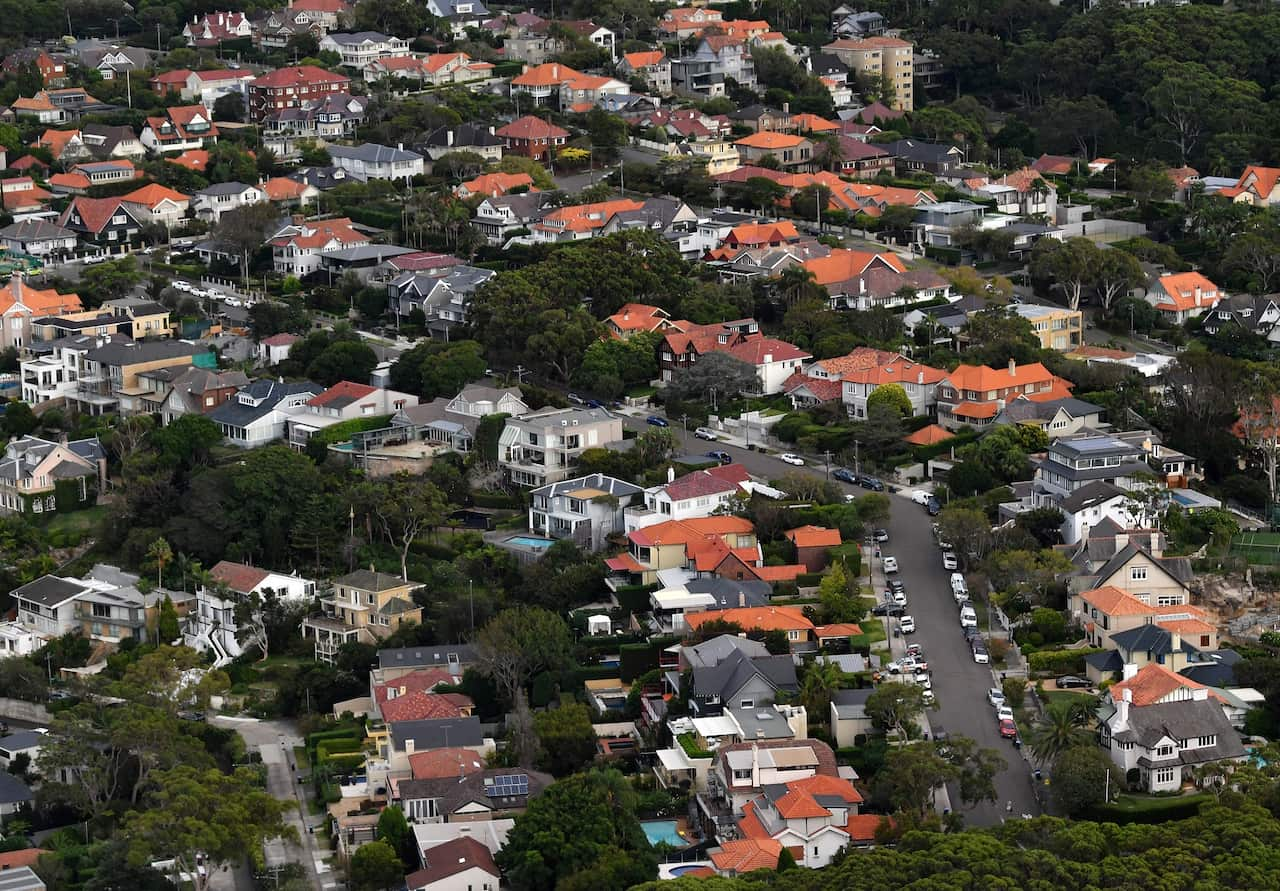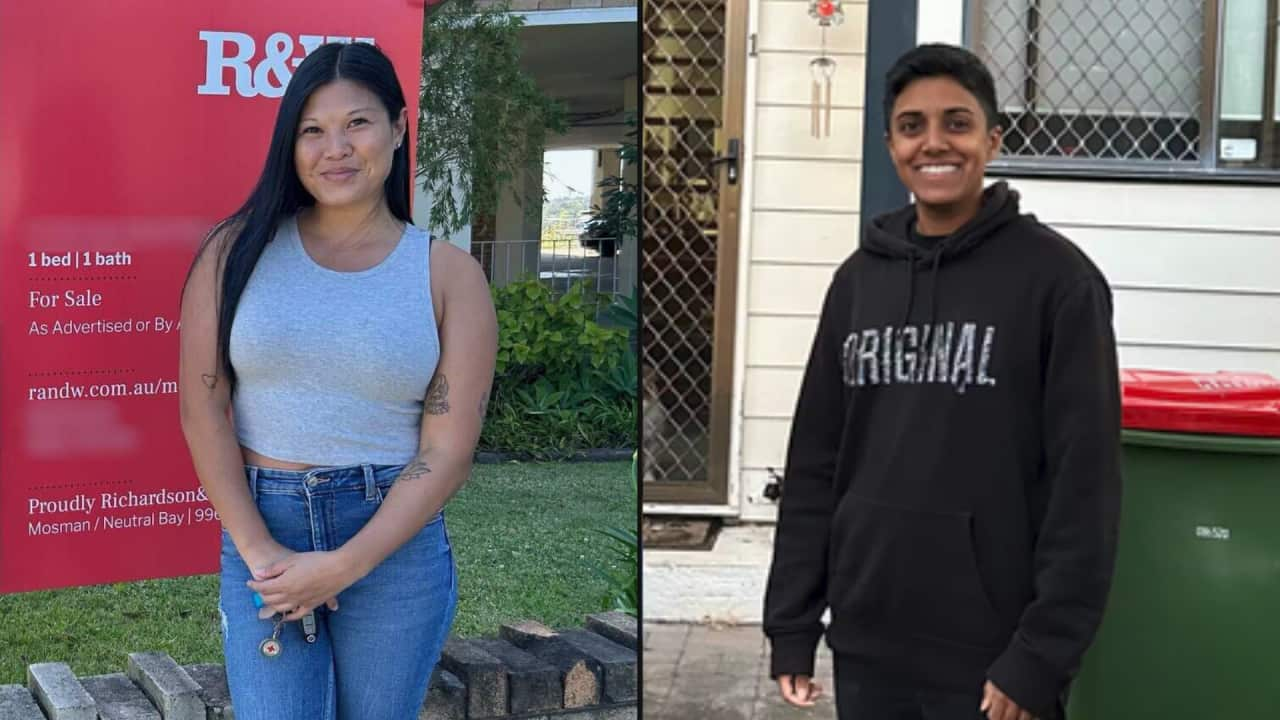When Gina Lim dreamt of purchasing her first home, she never imagined living with her parents indefinitely to afford it.
The 35-year-old Sydneysider has taken an unconventional approach to home ownership that some say is growing in popularity.
Like many Australians, when Lim began house hunting, she quickly realised she could not afford to buy in the suburbs where she wanted to live.
She was able to get a loan of between $350,000 and $450,000 — enough for a studio apartment in Sydney’s north — but which she didn’t think would be a practical future investment.
Unlike some of her friends, who moved further west to buy something bigger, Lim realised there was another option available to her — “stay-vesting”.
Some say it’s an emerging trend among first-home buyers, who opt to live with their parents on an ongoing basis to increase their borrowing capacity.
The latest PropTrack report released on Saturday shows housing affordability has reached its worst level since records began. Median-income households could only afford 14 per cent of the homes sold in the 2023-24 financial year.
Lim says she didn’t even have to ask her parents for permission to continue living with them; she knew they would be supportive.
Obviously, no one wants to be 35 and living at home, but you’ve got to do what you’ve got to do, right?
Lim managed to boost her borrowing power to around $550,000, allowing her to buy a one-bedroom investment property in Mosman, in Sydney’s north-east.
While the decision meant forgoing her dream of living in her first home, she hopes to move into the apartment one day.
Lim pays $200 a week in board to her parents, which means she can afford to cover expenses on her property that are not fully covered by the rental income she gets.
Stay-vesting enables buyers to borrow more money
Stay-vesting is a relatively uncommon trend, but experts say it’s an increasingly attractive option for first-home buyers.
Little Real Estate executive manager of sales and marketing James Kirkland says the agency has noticed more first-home buyers turning up to property inspections marketed to investors.
“This is something that within our sales meetings we’re talking about — because we’re predominantly a property management business [that’s] selling a lot of investment [properties],” Kirkland said.
The number of loans taken out by first home buyers in Australia for investment properties peaked in November 2021. Source: SBS News
The agency has offices around Australia but its biggest market is Brisbane. Kirkland says the uptick in first-home buyers considering investments has been most noticeable in Queensland over the last two years.
While many choose to rent-vest — which involves buying a property in a less-desired location while continuing to rent in a preferred suburb — Kirkland says stay-vesting offers even more benefits because it further boosts the buyer’s borrowing capacity.
It probably allows them to buy property in a slightly better location than they otherwise would be able to.
James Kirkland, Little Real Estate
This is especially attractive for buyers who hope to eventually move into their investment property after paying down some of their mortgage.
‘It’s a sacrifice you make to get ahead’
Brisbane resident Leila D’Rose is another young Australian who is stay-vesting to get ahead.
The 29-year-old has lived with her parents on and off for the past seven years, during which time she has bought three investment properties.
Despite co-purchasing her most recent property with a partner, D’Rose will continue living with her parents and has even convinced her partner to move in too.
“I didn’t want to live with my parents for this long, and I’m sure they didn’t want me to live here this long, but it’s a sacrifice that you make to be able to get ahead,” she said.
Leila D’Rose has lived with her parents on and off for the past seven years. Source: Supplied
The couple hopes to buy a home to live in — potentially in the Gold Coast hinterland — if interest rates fall next year.
D’Rose says she will probably sell one of her properties to help fund the purchase and finally move out of her parents’ house.
“My parents are looking to retire in the next year so … I want to give them their place back as well,” she said.
Buyers must consider potential pitfalls
Sally Tindall, data insights director at comparison website Canstar, says living at home and buying an investment property is a smart way to get into the property market, although there are potential downsides.
For stay-vestors, this includes how long they can reasonably continue living with their parents.
If buyers hope to move into their investment property eventually, Tindall says they should consider whether their timing is realistic because stay-vesting is likely a medium to long-term strategy.
“If [you’re] planning to move into [the property] in six months’ time — it might be difficult to get a tenant … because a lot of tenants want a 12-month lease,” she explained.
If [you’re thinking] five years’ time, think about what your needs might be in five years and make sure that property is going to cater for those needs.
Tindall says buying an investment as a first purchase also means buyers lose access to many government grants and concessions mostly targeted towards owner-occupiers.
For example, stamp duty concessions, which are potentially worth tens of thousands of dollars.
Other costs that prospective buyers should factor into their budget include council rates, strata fees, water and the loss of rental income if the property becomes vacant.
Selling an investment property also attracts capital gains tax.
Property might be ‘cheap for a reason’
Despite missing out on concessions, first-home buyers are increasingly turning to investment properties, says buyers agent Lloyd Edge of Aus Property Professionals.
It’s most pronounced in places like Sydney where price increases have put many homes out of reach of average wage earners.
“For most people, it’s about getting on to the [property] ladder,” Edge said.
Buying an investment property also has tax benefits due to negative gearing provisions.
This allows owners to reduce their income tax if their property costs — including interest expenses, council rates or home repair — are not covered by their rental income.
Sydney property prices have risen dramatically, pricing many first-home buyers out of desired suburbs. Source: AAP
But Edge says living with parents for longer can impact relationships with family and future partners.
Buyers also need to be careful about what they purchase, especially if they are banking on the property increasing in value.
Buy in good locations that make sense from an investment perspective … [a property] might be cheap for a reason.
Lloyd Edge, Aus Property Professionals
Stay-vestors can also face increased scrutiny over expenses from banks.
D’Rose says she had to apply for loans through a mortgage broker because banks would not accept statements proving she doesn’t pay any rent.
Investment properties not the right choice for some
Tindall noted that very few first-home buyers choose to buy an investment property.
Australian Bureau of Statistics data on lending indicators shows just 7 per cent of new loans taken out by first-home buyers in July 2024 were for investment properties.
Tindall says there doesn’t seem to be a significant increase in the numbers of first-home buyers purchasing investment properties, although they have generally tracked up since January 2023.
Borrowing for investment properties peaked in January 2022 when they made up almost 8 per cent of loans.
But Tindall believes buying an investment property could work for some buyers even if they miss out on owner-occupier incentives.
“The key is that there’s lots of options out there,” she said.
“It’s worth thinking through each one and ruling out the ones that aren’t going to suit your financial goals but also your financial needs and your lifestyle.
“The more research that you do, the more confident you will be in the decisions that you make.”
Stay-vesting can leave buyers better off
Lim says that even though she couldn’t claim a stamp duty concession on her first purchase, she is still better off financially.
I would have been literally living paycheck-to-paycheck [if I bought an owner-occupied property].
Gina Lim, Sydney homebuyer
Lim says buying an investment has allowed her to purchase in the area she wants to live in.
“I was thinking: this is something I could move into later when the time’s right and when I can afford to.
“I went for the kind of ‘harder’ route but I know probably in the future it’s going to pay off.”
Both Lim and D’Rose acknowledge the option of stay-vesting is not possible for all Australians. D’Rose says it comes down to having supportive parents.
“We know that not everybody gets this kind of leg-up in life … I’m so appreciative of the cards I’ve been dealt.”



